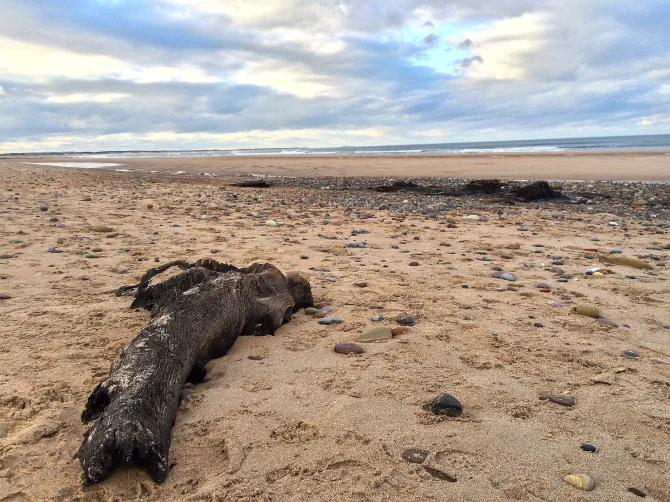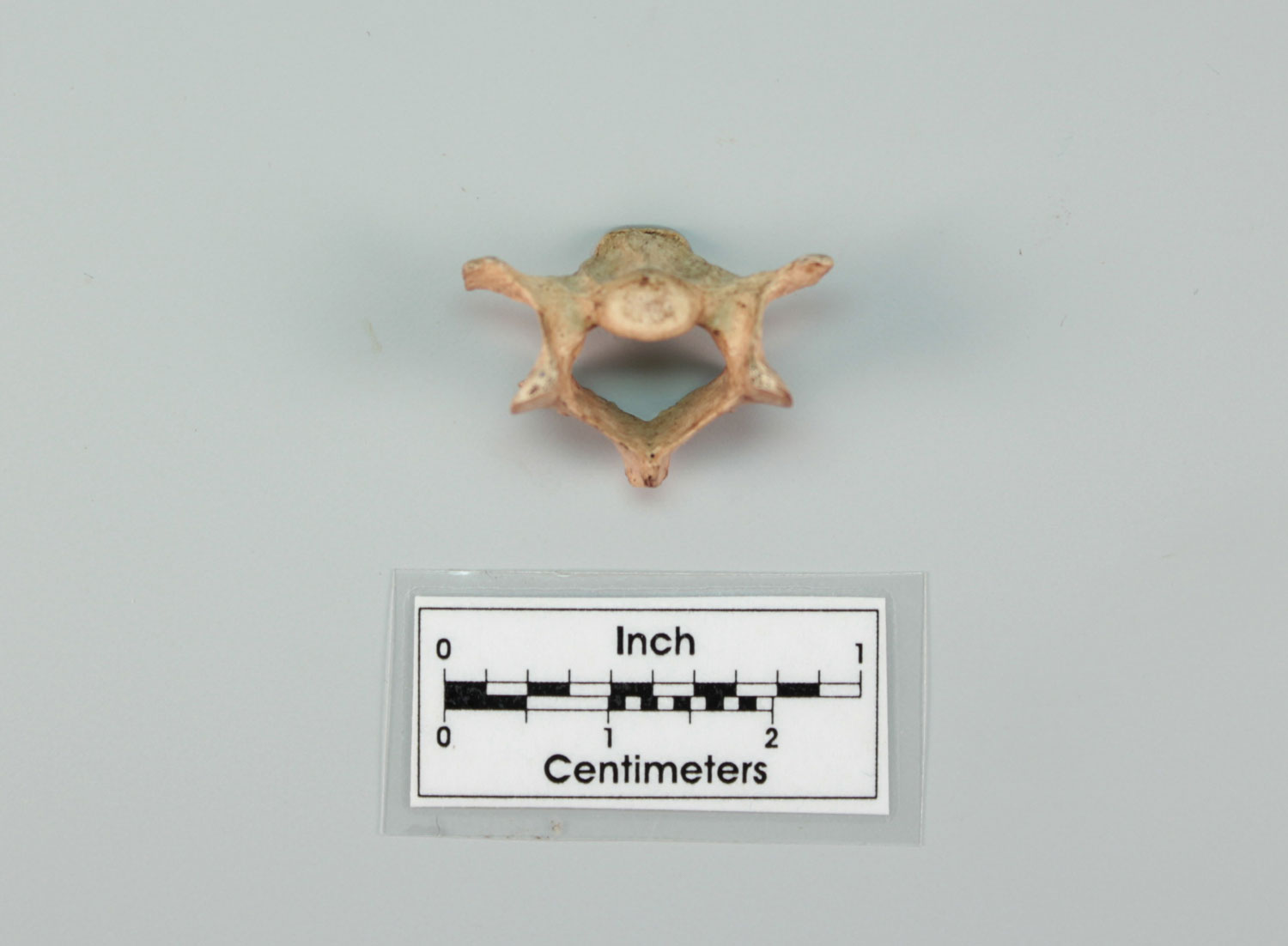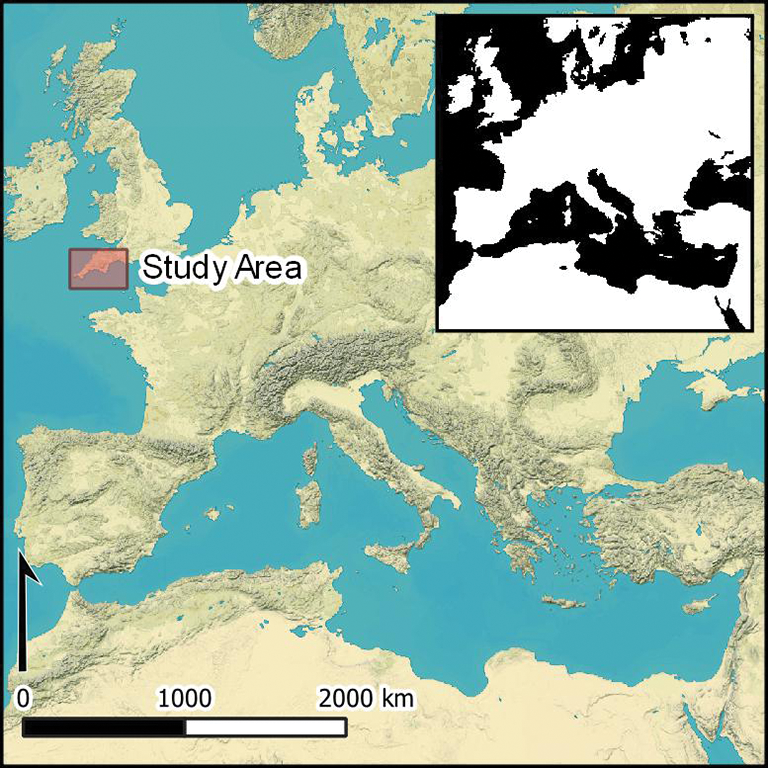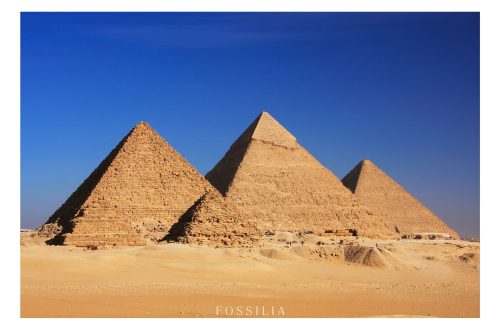
Doggerland, once a thriving prehistoric landscape, now lies submerged beneath the North Sea, connecting Britain to continental Europe. Occasionally exposed by winter storms, the remains of this ancient submerged forest, part of the Mesolithic landscape of Doggerland, emerge from the sands of Cresswell Beach.
The remains at Cresswell Beach include stumps and felled trunks of Oak, Hazel and Alder trees, preserved by peat deposits. These remnants date back over 7,000 years, thriving during the Mesolithic period. This forest existed before Britain’s separation from continental Europe, a result of rising post-glacial sea levels that transformed the region into what is now the North Sea.


Preserved within these deposits are the fossilised footprints of wild animals such as red deer, wild boar, and the now-extinct aurochs, alongside those of Mesolithic hunter-gatherers. These findings provide a rare and valuable glimpse into the lives of both humans and animals in prehistoric Britain, showcasing a rich ecosystem that once flourished in this area.
The exposure of Doggerland’s forest remains at Cresswell Beach offers invaluable insights into Mesolithic life and the environmental shifts that shaped modern geography. Continued study and preservation of these sites are crucial for understanding our ancient past.
Hannah Fry explains the formation of Doggerland in this video from her Instagram.





